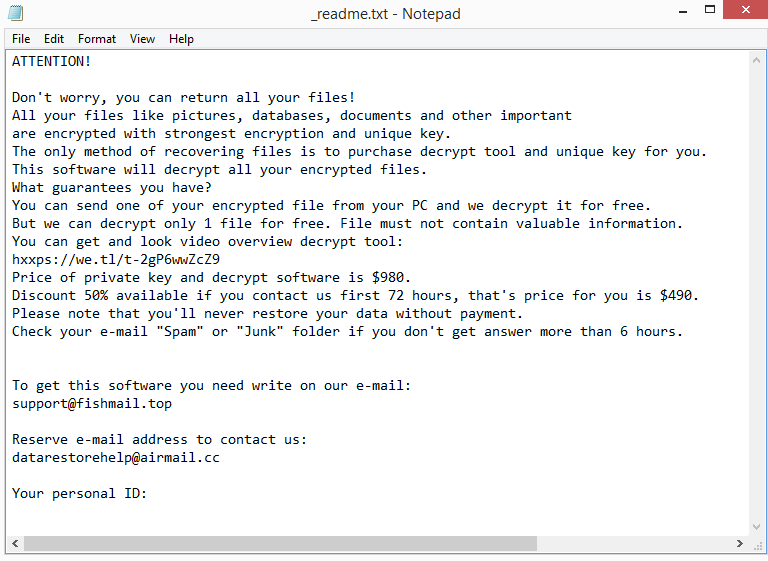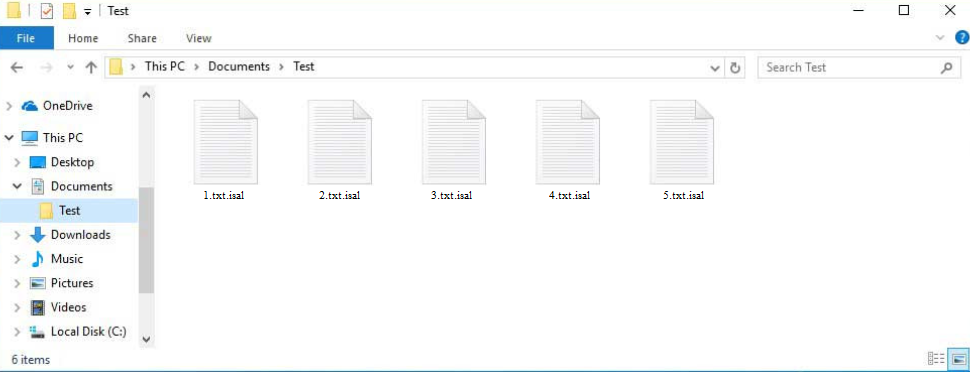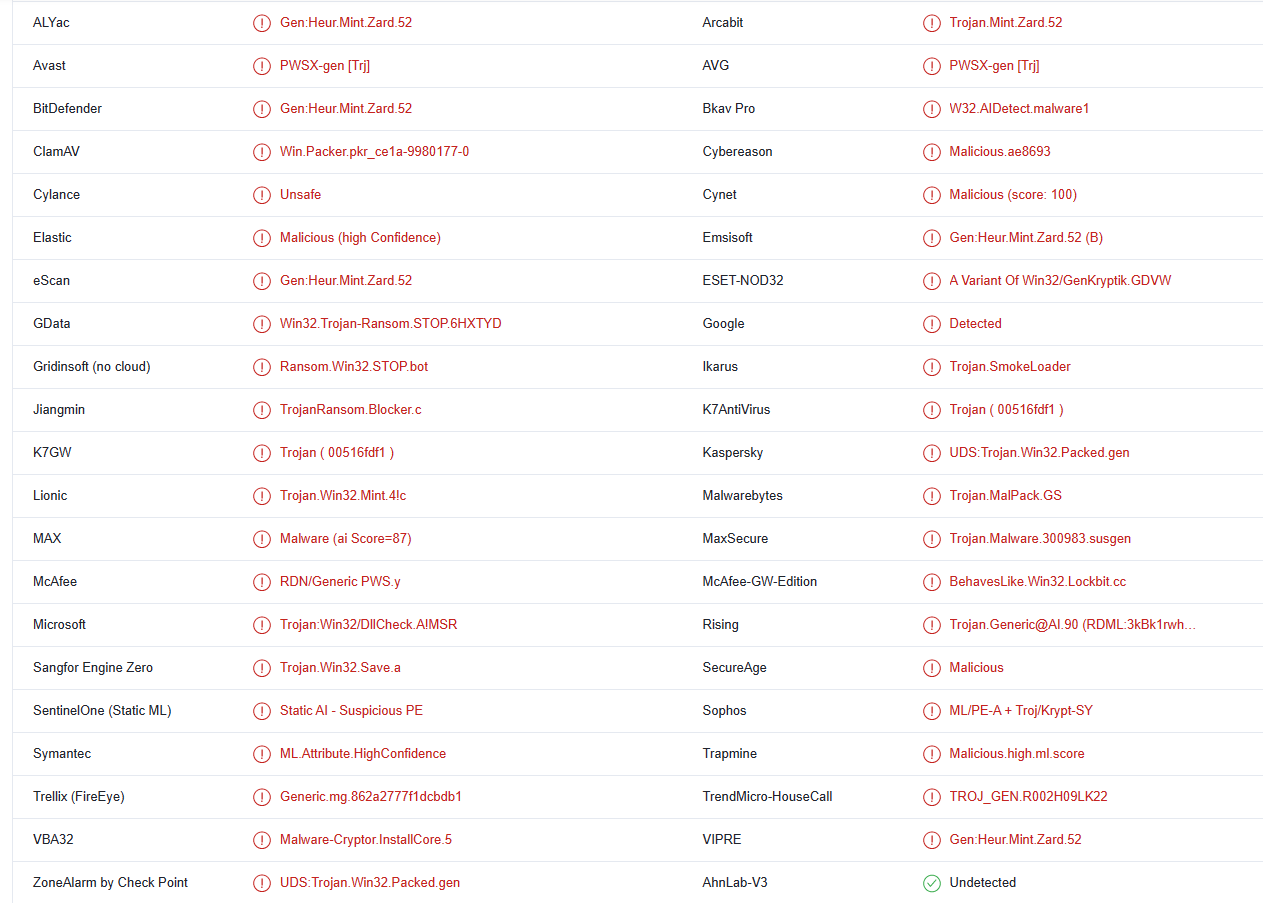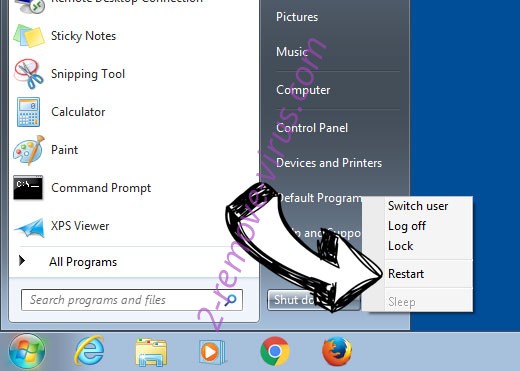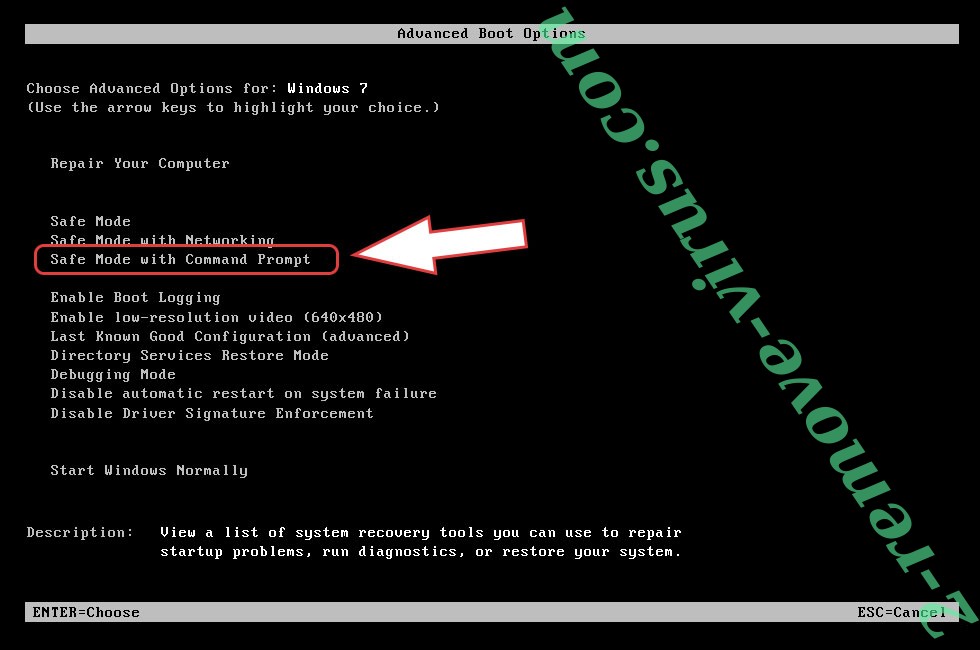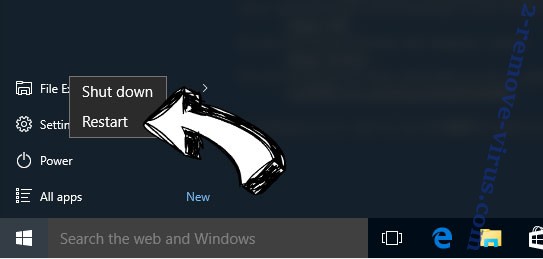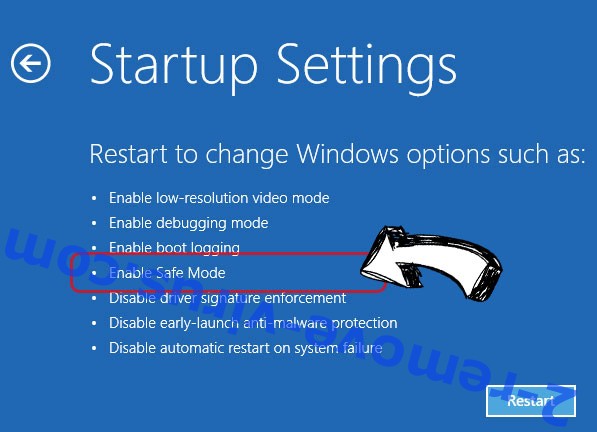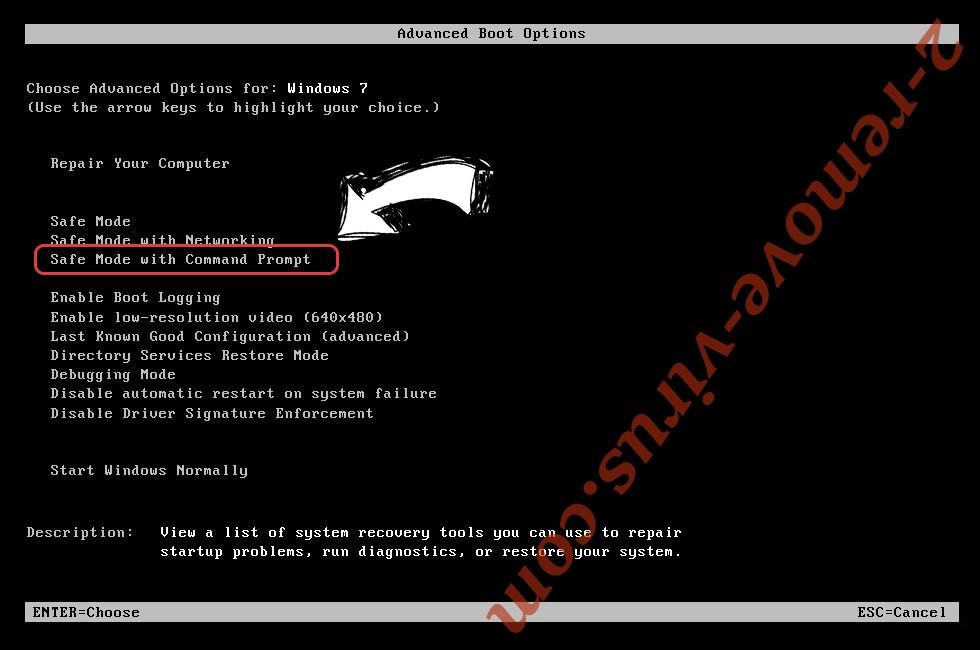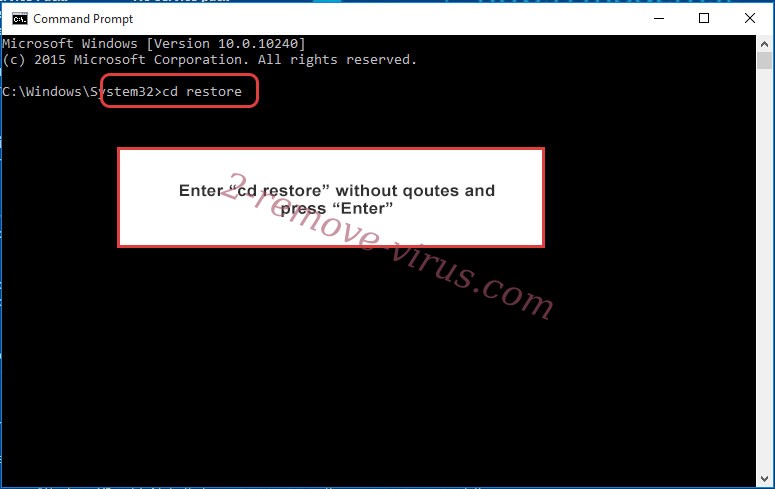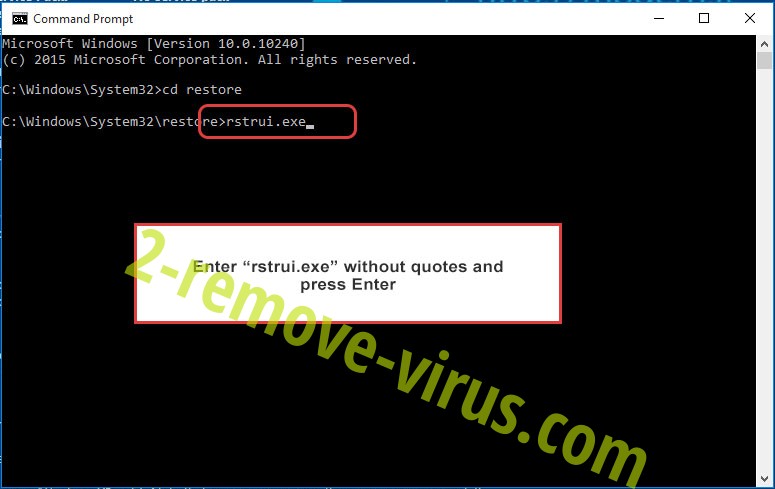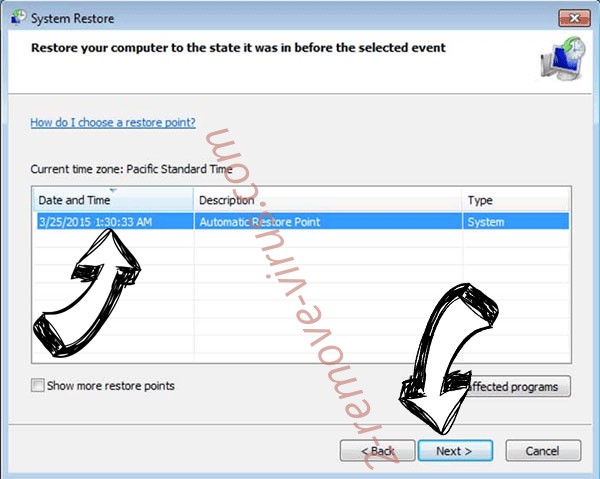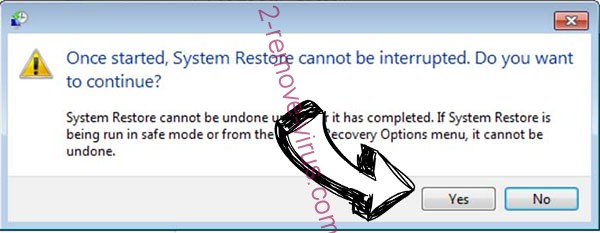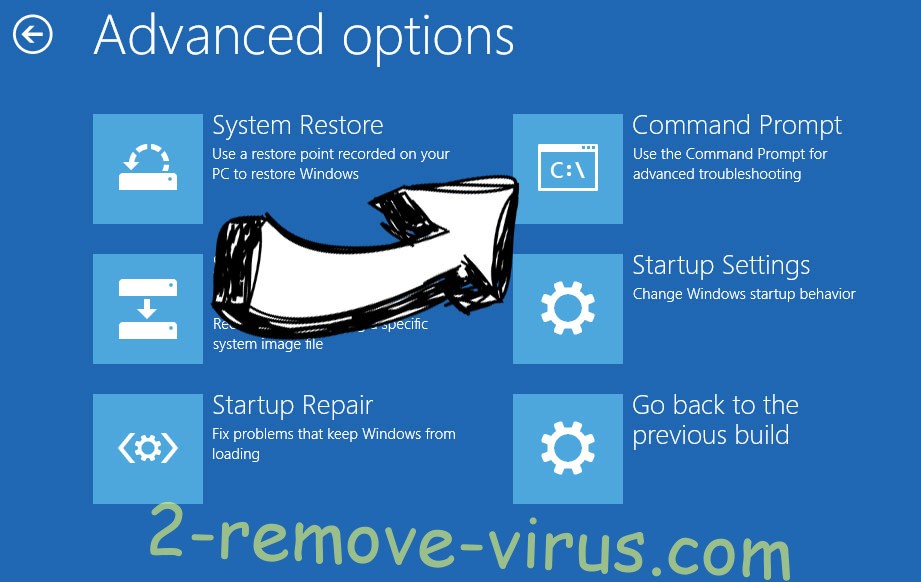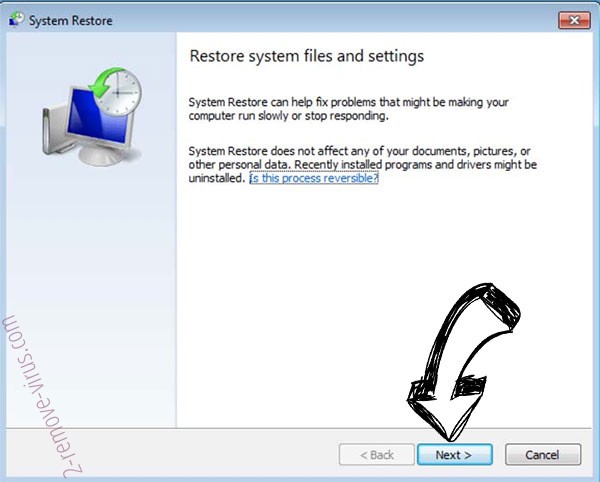Isal ransomware is one of the more recent Djvu/STOP ransomware variants, a type of malware that encrypts files. As usual, this ransomware targets personal files, and once they’re encrypted, you will lose access to them. All ransomware infections have one fundamental goal: to encrypt files and demand payment from victims in exchange for a decryptor.
Djvu/STOP ransomware versions are mostly identical to one another but you can tell them apart by the extensions they add to encrypted files. This one adds .isal. If you don’t have a backup of the encrypted files, you might not be able to recover the files once they have been encrypted.
The Djvu/STOP ransomware family has hundreds of ransomware variants, albeit they are largely interchangeable and only differ in the extensions they add to encrypted files. Because it appends .isal to the files it encrypts, this ransomware is known as Isal ransomware. This ransomware targets all personal files, including photos, videos, documents, etc. As mentioned above, encrypted files will have .isal attached to them. For example, image.jpg would become image.jpg.isal if encrypted. Files with that extension will not be openable until they have been decrypted. However, a special decryptor is required in order to decrypt the files. Unfortunately, the cybercriminals operating this ransomware are the only ones with a decryptor. Additionally, they won’t offer it to you for free because they profit from extorting their victims. They will attempt to convince you to pay for it instead.
When the ransomware has finished encrypting your data, it will drop a _readme.txt ransom note. The note explains how to get the decryptor. Unfortunately, the decryptor costs $980. The note does suggest a 50% discount for users who contact the cybercriminals within the first 72 hours, however, it is dubious whether this discount would actually be given. In general, it is not advised to give in to the cybercriminals’ demands and pay the ransom. Even if you paid, there are no guarantees that you would receive the decryptor. You are dealing with cyber criminals, and since they have no legal obligation to do otherwise, they could just take your money without sending you the decryptor. In fact, despite paying the ransom in the past, many users did not get their decryptors. Additionally, your money would be used to fund future criminal activities.
As soon as you delete Isal ransomware from your computer, you can connect to your backup if you have it. To fully delete Isal ransomware from your computer, we strongly advise using anti-malware software; otherwise, you risk damaging your computer even more.
Without a backup, there is no certainty that files can be recovered. The only thing you can do is wait until a free Isal ransomware decryptor is released. Because this ransomware uses online keys to encrypt files, a free decryptor is difficult to develop for malware researchers. Online keys mean that each user has a unique key. A free Isal ransomware decryptor is unlikely unless those keys are released by the hackers themselves or by law enforcement. A free Djvu/STOP ransomware decryptor is available from Emsisoft, however, it only works with Djvu versions that encrypt files using offline keys and only if Emsisoft has the key. Although there currently isn’t a free Isal ransomware decryptor available, one might be released in the future. So make a backup of your encrypted files, and occasionally check for a free decryptor on NoMoreRansom.
How did ransomware enter your computer?
Typically, ransomware that targets random users spreads through email attachments, torrents, advertisements on dubious websites, etc. This explains why users who engage in risky behavior online are significantly more likely to expose their computers to malware. Make the effort to develop better browsing habits and familiarize yourself with malware distribution techniques if you wish to avoid malware in the future.
If you use torrents, you are probably already aware of the fact that torrents frequently contain malware. Because torrent sites are not well moderated, malicious actors can post torrents containing malware. Users who download those torrents end up installing malicious software on their computers. Malware is frequently found in torrents for well-known films, TV shows, video games, and software. Users are urged to refrain from downloading copyrighted content using torrents or from pirating in general because doing so is illegal and risky for their computers and data.
Emails with malicious attachments are likely to be sent to users whose email addresses have been leaked. Leaked email addresses are sold on various hacker forums for other malicious actors to purchase and use for their malware campaigns.
Fortunately, malicious email campaigns are frequently extremely obvious. Usually, malicious senders pose as representatives of legitimate companies whose services users use. By implying that the files are important documents or receipts that must be read, they coerce users into opening the attachments. However, the emails frequently contain grammar and spelling mistakes, which suggest that they could be malicious.
You won’t often see grammar/spelling mistakes, or at least they won’t be as obvious, in legitimate emails because they come across as unprofessional. Furthermore, when a legitimate sender would have used your name to address you, malicious senders instead use generic terms like “User”, “Member”, “Customer”, etc.
It’s also important to note that malicious campaigns can also be very sophisticated. Therefore, before opening any unsolicited email attachments, it is advised to scan them with anti-malware software or VirusTotal.
How to remove Isal ransomware
We advise against attempting to manually remove Isal ransomware because it is a very sophisticated malware infection. You might unintentionally harm your computer if you don’t know exactly what you’re doing. Furthermore, the ransomware might be able to recover if you miss some of its components. Your backed-up files would also get encrypted if you were in the middle of retrieving your files from a backup when the ransomware recovered.
To remove the Isal ransomware from your computer, use a good anti-malware program. You can safely connect to your backup to begin restoring files once the ransomware has been completely removed.
Isal ransomware is detected as:
- PWSX-gen [Trj] by Avast/AVG
- Gen:Heur.Mint.Zard.52 by BitDefender
- RDN/Generic PWS.y by McAfee
- Trojan:Win32/DllCheck.A!MSR by Microsoft
- A Variant Of Win32/GenKryptik.GDVW by ESET
- UDS:Trojan.Win32.Packed.gen by Kaspersky
- Trojan.MalPack.GS by Malwarebytes
Quick Menu
Step 1. Delete Isal ransomware using Safe Mode with Networking.
Remove Isal ransomware from Windows 7/Windows Vista/Windows XP
- Click on Start and select Shutdown.
- Choose Restart and click OK.

- Start tapping F8 when your PC starts loading.
- Under Advanced Boot Options, choose Safe Mode with Networking.

- Open your browser and download the anti-malware utility.
- Use the utility to remove Isal ransomware
Remove Isal ransomware from Windows 8/Windows 10
- On the Windows login screen, press the Power button.
- Tap and hold Shift and select Restart.

- Go to Troubleshoot → Advanced options → Start Settings.
- Choose Enable Safe Mode or Safe Mode with Networking under Startup Settings.

- Click Restart.
- Open your web browser and download the malware remover.
- Use the software to delete Isal ransomware
Step 2. Restore Your Files using System Restore
Delete Isal ransomware from Windows 7/Windows Vista/Windows XP
- Click Start and choose Shutdown.
- Select Restart and OK

- When your PC starts loading, press F8 repeatedly to open Advanced Boot Options
- Choose Command Prompt from the list.

- Type in cd restore and tap Enter.

- Type in rstrui.exe and press Enter.

- Click Next in the new window and select the restore point prior to the infection.

- Click Next again and click Yes to begin the system restore.

Delete Isal ransomware from Windows 8/Windows 10
- Click the Power button on the Windows login screen.
- Press and hold Shift and click Restart.

- Choose Troubleshoot and go to Advanced options.
- Select Command Prompt and click Restart.

- In Command Prompt, input cd restore and tap Enter.

- Type in rstrui.exe and tap Enter again.

- Click Next in the new System Restore window.

- Choose the restore point prior to the infection.

- Click Next and then click Yes to restore your system.

Offers
Download Removal Toolto scan for Isal ransomwareUse our recommended removal tool to scan for Isal ransomware. Trial version of provides detection of computer threats like Isal ransomware and assists in its removal for FREE. You can delete detected registry entries, files and processes yourself or purchase a full version.
More information about SpyWarrior and Uninstall Instructions. Please review SpyWarrior EULA and Privacy Policy. SpyWarrior scanner is free. If it detects a malware, purchase its full version to remove it.

WiperSoft Review Details WiperSoft (www.wipersoft.com) is a security tool that provides real-time security from potential threats. Nowadays, many users tend to download free software from the Intern ...
Download|more


Is MacKeeper a virus? MacKeeper is not a virus, nor is it a scam. While there are various opinions about the program on the Internet, a lot of the people who so notoriously hate the program have neve ...
Download|more


While the creators of MalwareBytes anti-malware have not been in this business for long time, they make up for it with their enthusiastic approach. Statistic from such websites like CNET shows that th ...
Download|more
Site Disclaimer
2-remove-virus.com is not sponsored, owned, affiliated, or linked to malware developers or distributors that are referenced in this article. The article does not promote or endorse any type of malware. We aim at providing useful information that will help computer users to detect and eliminate the unwanted malicious programs from their computers. This can be done manually by following the instructions presented in the article or automatically by implementing the suggested anti-malware tools.
The article is only meant to be used for educational purposes. If you follow the instructions given in the article, you agree to be contracted by the disclaimer. We do not guarantee that the artcile will present you with a solution that removes the malign threats completely. Malware changes constantly, which is why, in some cases, it may be difficult to clean the computer fully by using only the manual removal instructions.
